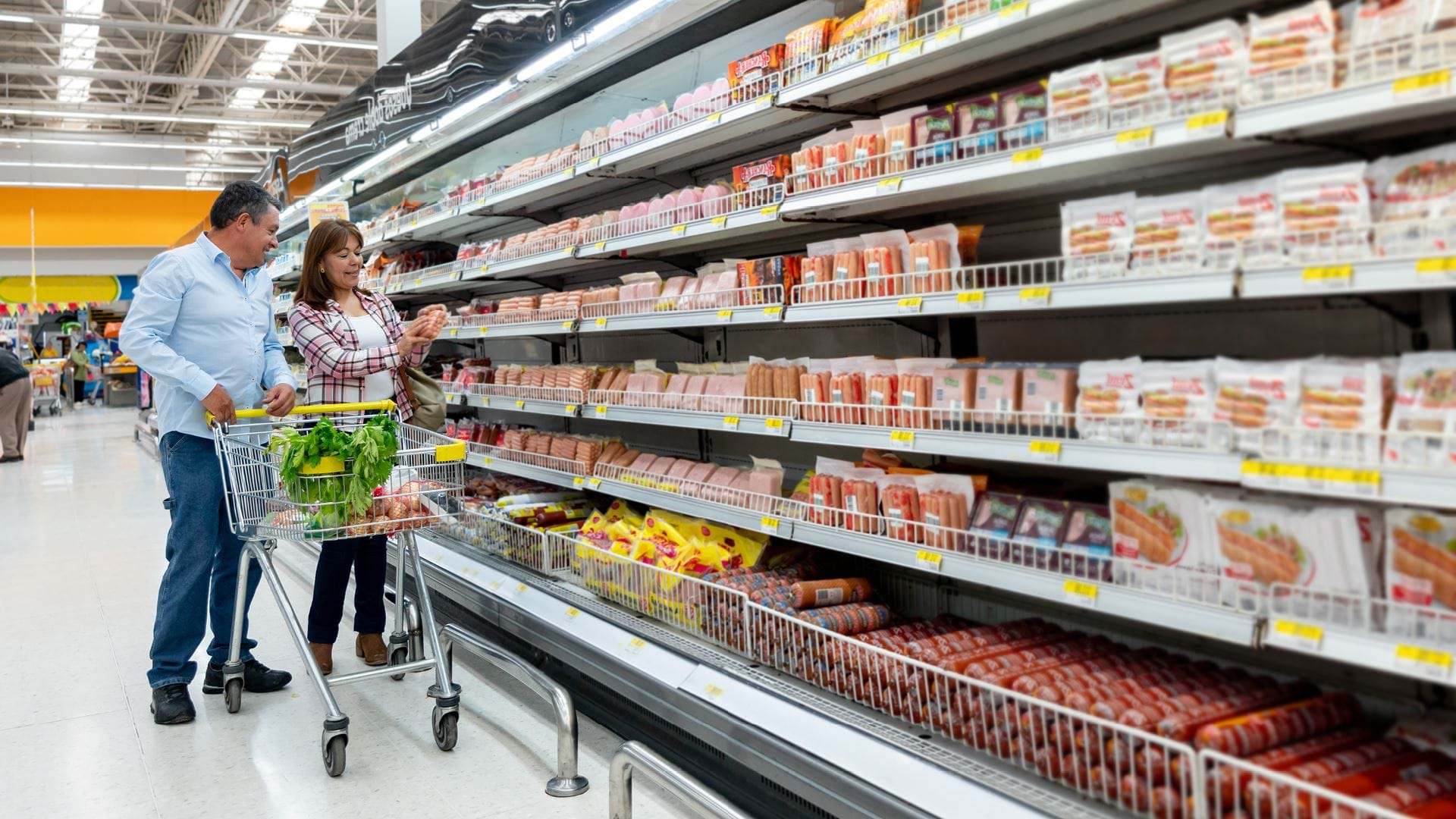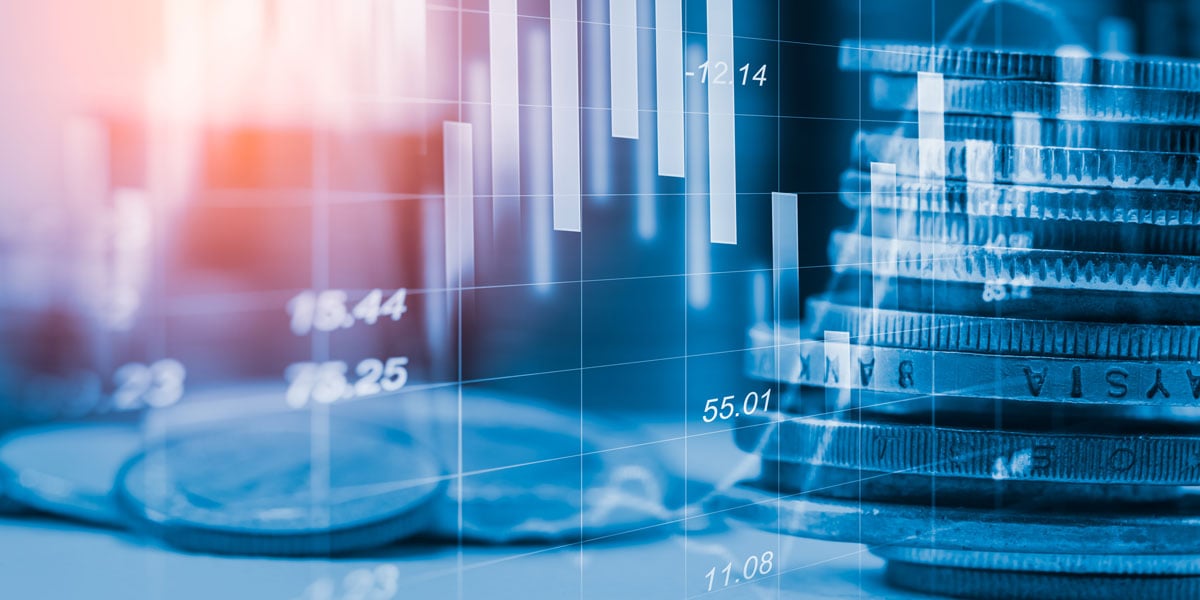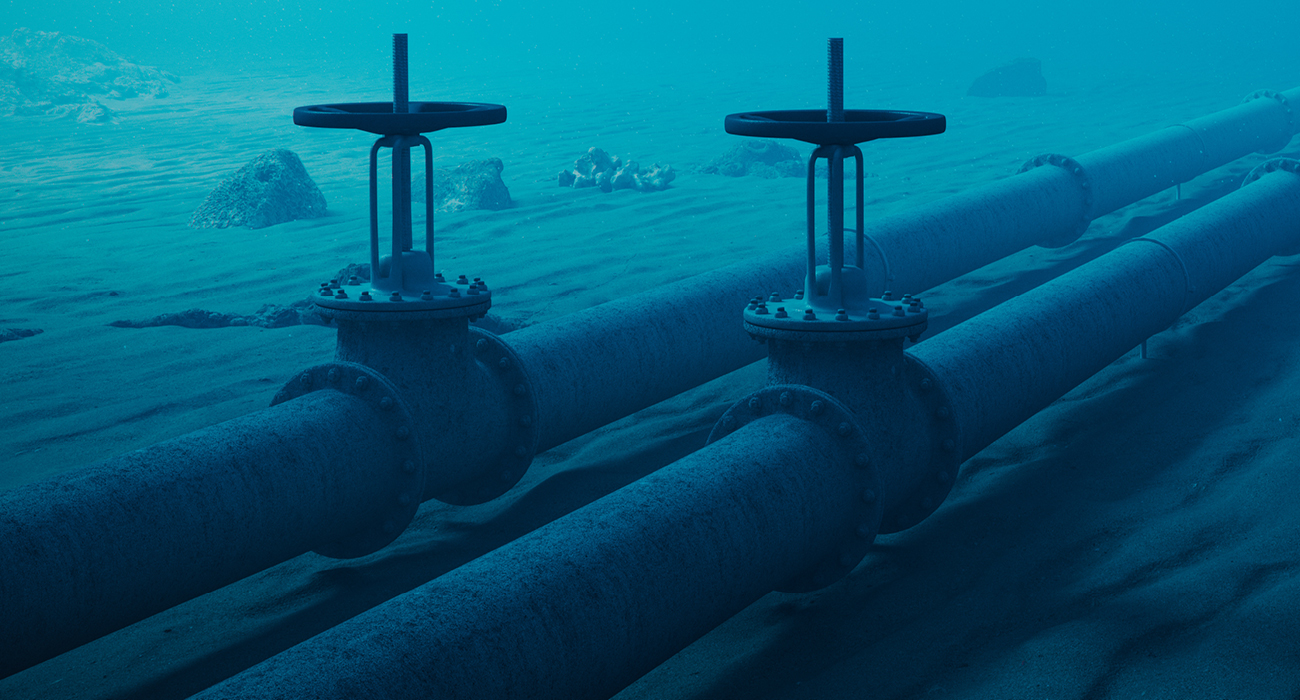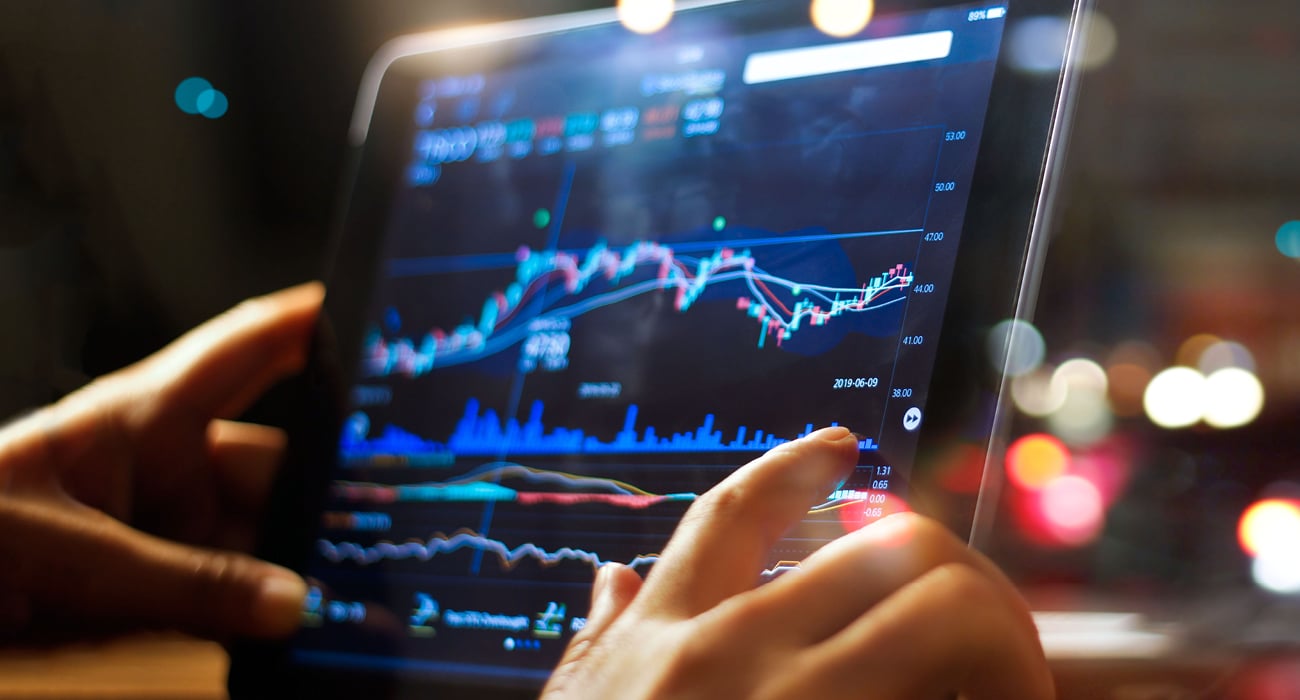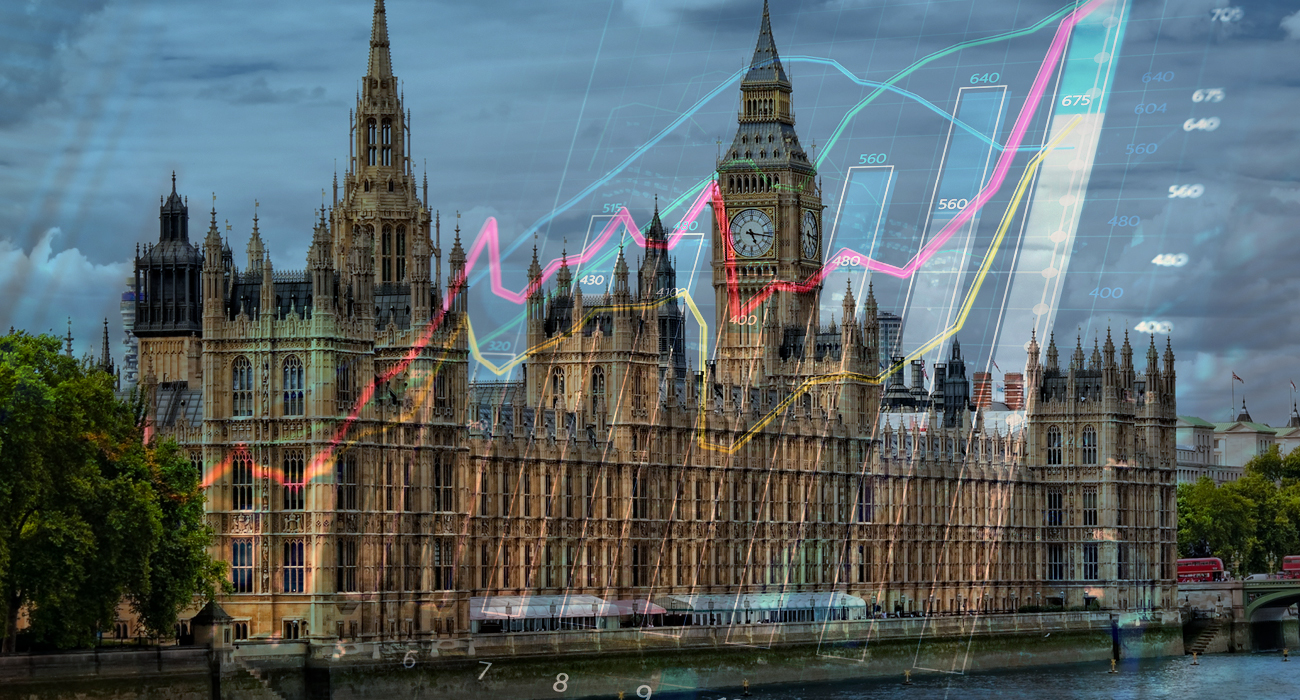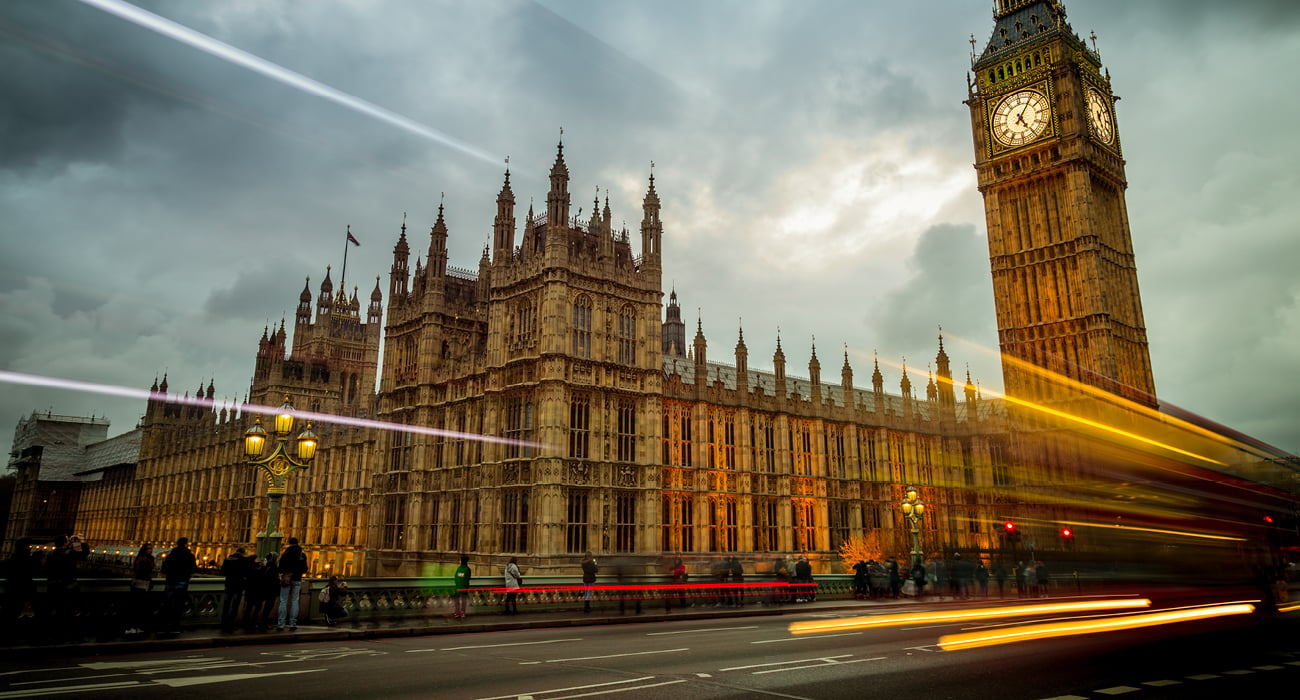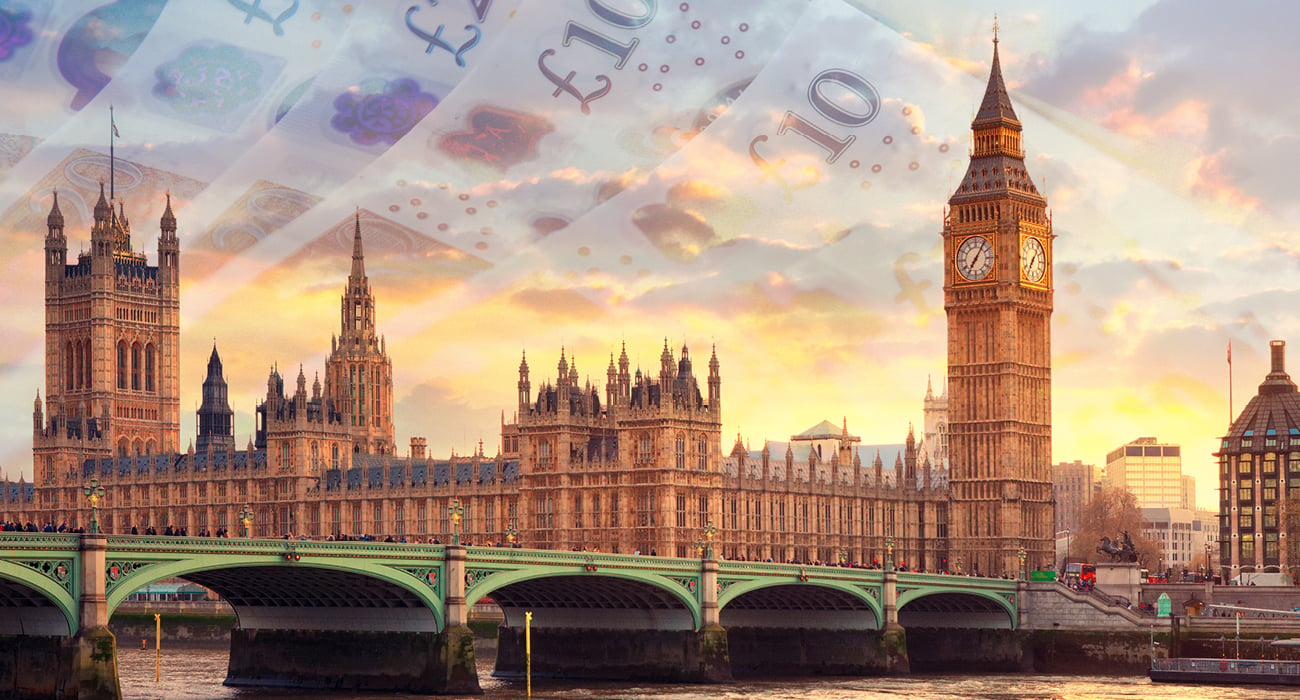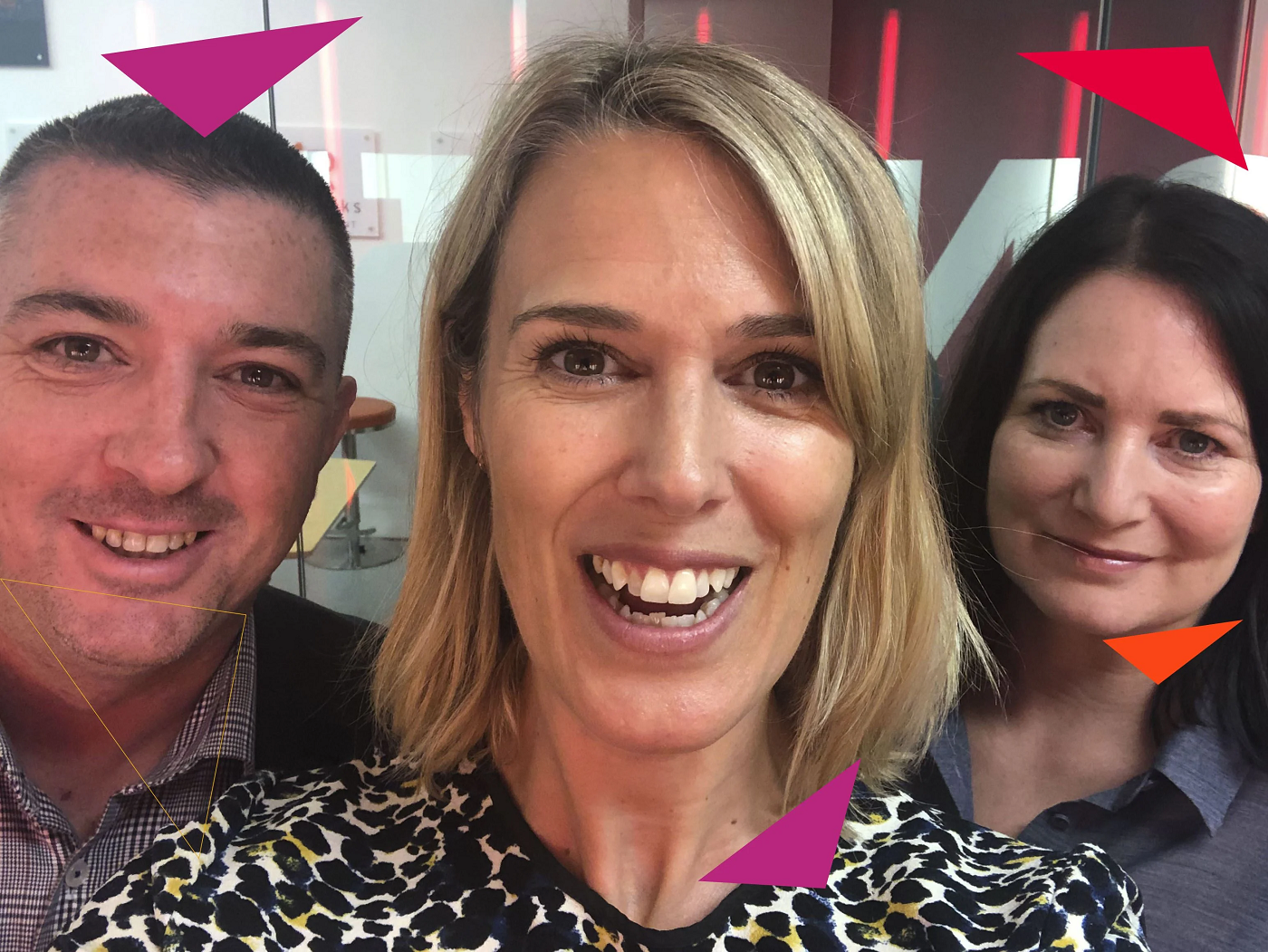Many businesses are now firmly focussed on putting plans in place to reduce emissions across their operations, from purchasing their energy from a renewable source through to increasing their energy efficiency.
However, one area that is now coming into greater focus is ensuring that a business takes steps to reduce emissions across its whole supply chain, from the transport they use to the suppliers they work with. This means, if your company supplies products or services to another business, having a robust sustainability plan looks set to have a significant commercial impact on your organisation.
Here’s why.
It is important to buyers
Many businesses are setting their carbon reduction targets through the Science Based Target initiative (SBTi), which requires them to reduce emissions across three ‘Scopes’. While Scopes 1 and 2 cover direct and power-related emissions, Scope 3 is more complex and covers emissions that occur throughout the value chain.
Many UK, EU and global businesses are increasingly looking to achieve Scope 3 reductions as part of their net zero strategies as there are a raft of commercial, financial and reputational benefits to be gained from doing so. Therefore, it will also impact the suppliers the reporting business uses.
So it needs to be a priority for you too
What this means is that procurement teams will increasingly be tasked with sourcing goods and services from suppliers who prioritise sustainability. Meanwhile, supply chain managers will be more focused than ever before on working with existing and prospective suppliers to set upstream and downstream carbon reduction goals.
Even if the organisation you supply doesn’t have a dedicated procurement team, they will be increasingly looking to influence the carbon reduction plans you put in place.
Therefore, taking a proactive approach to creating a sustainability plan for your business, and being able to provide accurate data on your own emissions, will help to put your business in a strong competitive position when it comes to winning the next valuable tender or securing that all-important contract renewal. Fail to do so and you could find yourself missing out on lucrative partnerships with businesses whose stakeholders and customers are demanding they take carbon reduction seriously.
Understanding where to focus
We know sustainability planning can be complex. For example, there are 15 different categories to consider for Scope 3, covering everything from business travel and distribution to how products are used and disposed of.
We’ve created a new guide and sustainability planning template to help you identify the areas that will not only deliver the largest carbon reductions but will also bring the most benefit to your business.
Making sense of sustainability
It’s always important to ensure that carbon reduction measures you choose to implement will fit well with your broader objectives, that they will deliver meaningful results and that they are practical for your business. This is why it’s always best to consider carbon calculations within the context of a bigger sustainability plan.
Done well, sustainability planning has the potential to deliver significant cost savings and to unlock new commercial opportunities, while also helping you to boost efficiency and productivity across your business. And, with environmental awareness on the rise and corporate responsibility high on the agenda, it may even help you to boost staff morale or secure and retain fresh talent for your business.
You can download our new guide - Scope 3 and Your Road to Net Zero - which provides advice and ideas on where to start.



